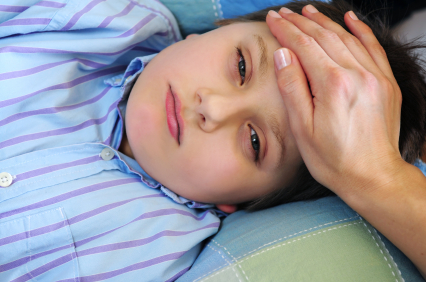 Friends or family can help gain information concerning the following:
Friends or family can help gain information concerning the following:When a casualty is sick or injured, we must have a system to evaluate their condition or illness. Firstly, you must ensure that it is safe for you to assist the casualty. Protect everyone from any danger, protect yourself with gloves and other protective equipment and call for help immediately.
There are two stages of the casualty assessment. The first stage is to ask the question, "Are they alive?" This is called the first survey and involves the D.R.S.A.B.C.D action plan.
The second stage is referred to as "What is wrong with the conscious casualty?" and involves an examination of his/her injuries. You must gain consent from the casualty and explain what you are going to do.
Listen carefully to the casualty's responses to the questions that you ask.
The initial examinations of the casualty can be done without the need to touch the casualty. This is the safest method of examination for the initial examination. Using physical touch to 'feel' the body of an injured or ill person is considered inappropriate at this stage, especially if the person is of the opposite sex or could be a minor.
If injuries are found following this initial examination by the first aider, then further evaluation of the necessary treatment can be considered. Where there is more than one victim, the care of the unconscious casualty has priority.
This is the complete story concerning the accident or illness.
What happened prior to the illness or accident is vital in trying to work out what is wrong with the casualty. It is a short story that leads up to and includes the incident and the casualty's previous health and medications.
The casualty, bystanders or relatives are invaluable in these cases. Medic alert bracelets or necklaces are excellent tools for obtaining a good history.
 Friends or family can help gain information concerning the following:
Friends or family can help gain information concerning the following:
Look for visible signs of injury. Signs are what you observe about the casualty's condition.
The casualty tells you about their symptoms. Symptoms are what the casualty feels.
A casualty may be suffering from different levels of consciousness. They may be: fully alert and talking, responding to voice commands etc., responding to touch or be unresponsive - showing nil response. When a person is walking, talking, doing normal things, a person is said to be conscious. A person is said to be unconscious when they cannot be woken from what looks like a sleep, but they are still breathing and they have a pulse.
When a person loses blood, the blood pressure falls and the casualty suffers from pale, cold, clammy skin. The pulse is usually faster than normal and they may become thirsty. Although taking a blood pressure is not part of first aid, there are several indicators that would lead the first aider to suspect blood loss. A person is said to have an adequate blood pressure if the colour immediately returns when you press and release pressure on a fingernail or skin. If after 2 seconds the area is still pale, then this indicates their blood pressure is low, which may be a cause for concern. Another good indicator of blood loss is the colour of the tongue. If it's pale, it means blood loss.
A person who has suffered significant blood loss will have a pale skin colour. If the oxygen levels are reduced, then they could have a blue colour to the ear lobes, lips and fingers.